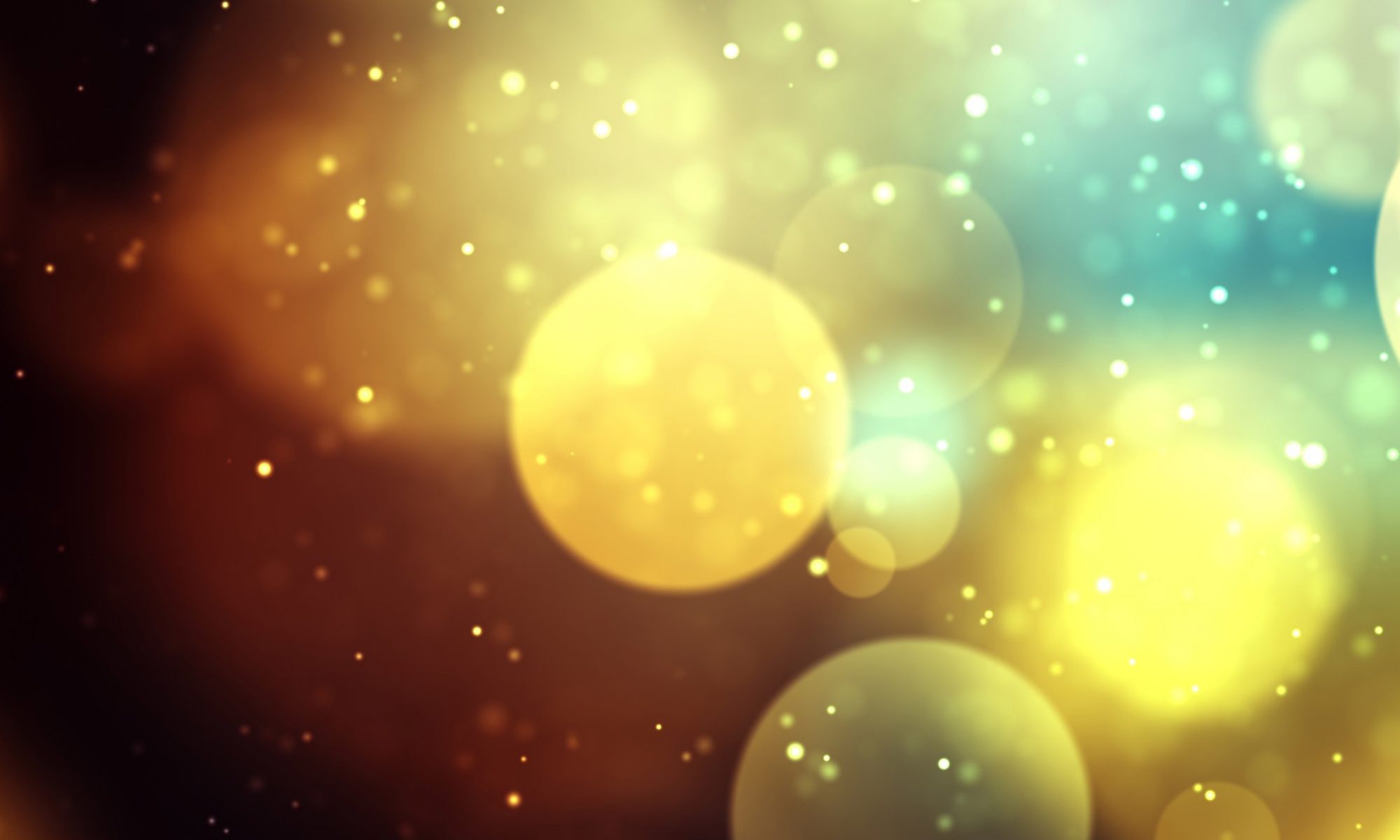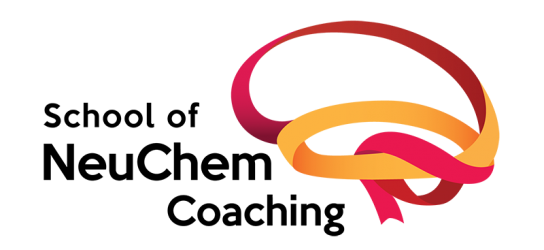Around the start of the year there’s always some interesting articles in the news surrounding physical health, mental health, diet and wellbeing – because everyone wants this year to be their year. The year they get fitter, they eat healthier, and are HAPPIER. According to a YouGov study, one in five Brits have sworn themselves to a New Years’ Resolution, with over half of those wanting to lose weight. With one week down, 22% have already failed… and by the end of the year, it’s estimated only 10% will have stuck with it. Why?
May all your troubles last as long as your resolutions! Joey Adams
Go BIG OR GO HOME
The tendency with New Years’ Resolutions is we set ourselves such enormous, unvalidated changes to our everyday lives. What we are trying to do is change our habits – to be more specific BAD habits.
Habits come it many shapes and sizes. For instance fish and chip Friday, or knowing how to drive a car. What links them all is a few defining features:
- They are caused by a cue, situation or event
- They are formed by regular repetition over time
- They are an automatic neurological chemical reaction
- They are hard to break
Yes, that’s right… I can tell what you’re thinking. If it’s an automatic chemical reaction in our brains, how on earth can it be changed?
Using neuroscience to explain our habits
To understand that, first you must understand how habits are formed in the brain. Deep inside the brain is the centre for habits, called the basal ganglia. The basal ganglia is wired to the prefrontal cortex (responsible for feeling, sensation and thinking) and the connection between these two is where the action takes place. Pleasure chemicals, called dopamine are fired between the two in our brain cells. So, for the better or worse, our brain rewards us with a positive feeling associated with the action. Thus, forming a habit – we crave that pleasure chemical again, and so continue to repeat the action to receive it.
BEND away your bad habits.
What about if you could physically train yourself to deliver the pleasure chemical dopamine to your brain when you do a new good habit… What about every time you go for a cigarette, instead of feeling frustrated and angry because you have decided to quit, you physically reward yourself to release that pleasure chemical your brain so badly craves? By recognizing the signs and symptoms that cause your old habit, you can begin to replace the bad habit, but keep the same signals in place. You are tricking your brain, and masking the old habit.
“A nail is driven out by another nail; habit is overcome by habit.” Erasmus
BRIEF, EMOTIONAL, NON-VERBAL DISPLAYS or BENDS are one way to physically reward your brain when you are forming a new habit. To see how to perform a BEND, watch Maria Paviour perform the ‘Rapid Achiever’ to ‘help you keep repeating something that’s good’.
Throughout the School of NeuChem® Coaching, we explore in depth how and why BENDS can be used to support the wellbeing of those who you coach.
So instead of looking at that salad that has replaced your usual deep-pan greasy cheesy pizza and feeling sad – give yourself the neurological hit you deserve and perform a BEND. Feel good, convert your habits, and be one of the 10% who succeed in their resolutions!
Membership of the School of NeuChem is free – and you get access to a range of neuroscience and coaching resources to support you in your coaching practice. Find out more…



